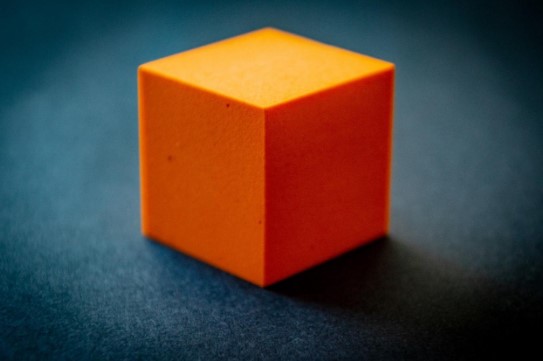
We’re approaching the time of year when the weather is getting chilly. Many of us would rather get cozy on the couch or in front of the fireplace, sipping some hot cocoa or some warm apple cider than go outside and galivant around. Depending on who you are, autumn and winter can be a great respite from the hot weather we’ve all been experiencing lately.
Unfortunately, there are some hiccups that can crop up along the way to our homes. As you start to prepare and “winterize” your house, you might want to think about your current insulation. Over time, it can wear out, leaving us with a house that’s a lot colder than it should be.
This is probably why blown-in insulation has become so popular lately – there are a lot of ways that it can help alleviate these problems that can crop up. If you’d like to learn more about what this is, as well as how to utilize it in your home, then stick around. It works for a ton of property styles as well!
What is Insulation?
There are a lot of common misconceptions about insulation that tons of folks believe. The biggest one is that there’s an assumption that insulation is only beneficial in cold weather. This isn’t actually the case.
Rather, it’s good to have no matter what time of year, and no matter what part of the country you live in. That’s because the goal of insulation is to help offer some resistance to heat flow. In turn, our bills for heating and electricity go down because those systems require less energy to operate at maximum efficiency.
If you’re wondering how that works, you may want to check out this page: https://www.energy.gov/energysaver/insulation. For the most part, just be aware that there are three main mechanisms for the process. These are radiation, convection, and conduction.
The basic thing to know is that heat moves throughout a pace until it’s lost its momentum because there isn’t a temperature difference in one place over another. Therefore, it makes sense to want to have better control over the temperature in our houses on a general level.
This is accomplished in a few different ways, and to a pretty significant extent, it will depend on the type of insulation that you’re opting for. As you may have already guessed, there are a few different sorts, so it’s good to understand the differences between them (at least to an extent).
Types of Insulation
As we mentioned above, there are several types of insulation that exists. The type that you’ll want will depend on a few factors, such as where you live as well as the R Value. You can learn more about that on this page, if you’re curious as to what R Values are. For now, we’ll stick to the types of insulation.
Foam Board or Rigid Foam
These are still a popular type, although they’ve somewhat fallen out of fashion in the last several years. The important thing to note here is that this sort of insulation is best used for external walls and purposes, rather than the interior of your house exclusively.
Batt and Roll / Blanket
Out of all the sorts that exist, this is probably the most popular. That’s because it’s relatively easy to install. The materials are usually some sort of fiberglass, though, which does pose some risks. Although it is often recommended, it’s worth noting that there are still some potential cons at play if you go for it.
Radiant Barriers
Radiant barriers are different than the other types of insulation because they focus on reflecting heat as well as resisting heat flows that are conducive or conductive. They’re a tad experimental compared to some other options, but that doesn’t make it bad. Just be certain to research what your choices are before you commit to one.
Blown-in / Loose Fill
The names for this type are interchangeable. They’ve gained a lot of popularity recently because blown-in insulation is inexpensive and effective. Those are certainly two ingredients that create a recipe for success for a way to keep our home insulated, right?
Lots of factors play into why it’s so useful, but the main one is that it’s flexible and thus can conform to pretty much any space that we put it in. This means that even in the tightest of squeezes, we can usually get blown-in insulation to work.
It’s usually made from a variety of materials such as fiberglass, wool, cellulose, and even slag. In that sense, it’s also a nice way to re-use and recycle materials that may otherwise have been tossed out. Next time that you’re thinking about replacing your insulation because it’s worn out, hopefully this article can serve as a guide for you!